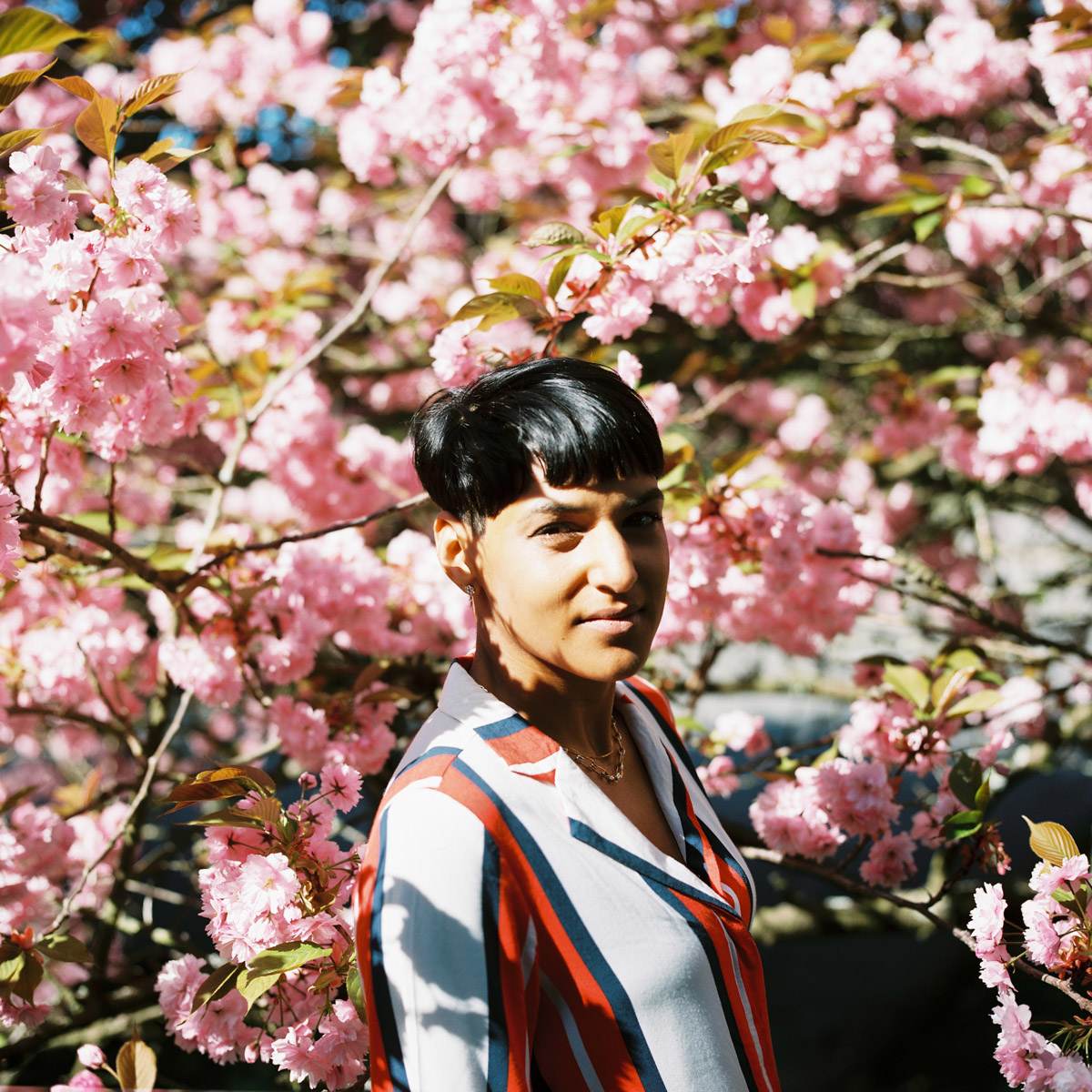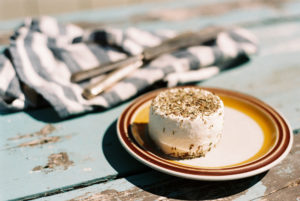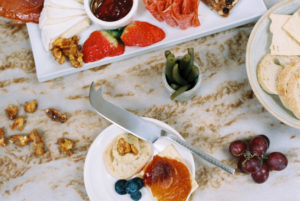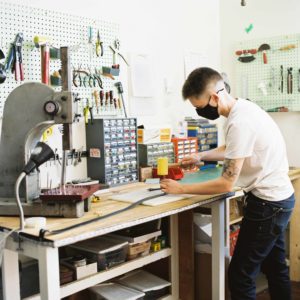One day I was window shopping Facebook Marketplace for film cameras and Le Creuset and probably antique apple presses or something, and Kaleb is laughing at me good-naturedly and I say, “I just like anything old and well made, ok?.” And they go “Is that why you’re dating me?!”
Anyway, there is much to love about film cameras, but there is SO much to love about film itself, from colour rendering to versatility and texture, so I want to share some photo collections that really illustrate the things that make film so special. Some of it is technical, some is about my feelings, and lots of it is just that film is, in many ways, a different beast from digital (Digital has its place and lots of people love it and create beautiful work, it just doesn’t spark joy for me).
First up is writer and lawyer Anji Samarasakera. She has been published in numerous literary journals and she’s finishing up a manuscript, which meant it was time for author photos. We picked the Sperling substation off the Arbutus Greenway for its combo of industrial and natural, and we were gifted with a gorgeous sunny day. The light in this session illustrates perfectly one of the best things about this medium: film’s dynamic range, which generally manifests as really amazing contrast.
Dynamic range is the distance between the lightest value and the darkest value in an image, and of my favourite things about film is its ability capture both these values and everything in between.
Shooting in the cherry blossoms and under big trees meant there were patches of shade and patches of bright, direct light within the same image, and film caught it all and rendered beautiful vibrant colours and true-to-life textures.
Blowing It For the Rest of Us
Digital sensors have a tendency to blow highlight out (this just means that bright light is too intense for the sensor to perceive any detail, so the pixels in the bright areas just come out empty – pure, flat white) but with film it’s almost impossible to blow highlights.
While film won’t blow the highlights, if you’re not careful to expose for the shadows, you do risk losing information at that end of the spectrum. To handle this, all I need to do is expose for the darkest part of the frame and let the film take care of the rest.
More Light = More Information = COLOURS
My favourite film stock is Portra 800, largely because it produces beautiful results across a huge range of exposures.
This makes me super flexible when I’m shooting in situations where the light changes frequently, like during a family session chasing after kids running in and out of shade and bright sun. I can choose my settings based on the darkest part of the location and trust that P800 looks just as (if not more) beautiful when overexposed by one, two, three stops or more.
I know it won’t blow my highlights, and in fact my colours will just get a little more vibrant. More light hitting the film emulsion means more silver halide crystals are activated, recording more colour information.
Digital Dynamic Range
To get that same dynamic range in digital you either have to use a gradient filter (darkened on one half to filter out the brightest light, usually from the sky half) or take two photos—one exposed for the bright and one for the dark—and mash them together.
For me the joy is in clicking the shutter and then sharing the picture, not in post-production (I think this is true for most photographers, but it seems extra pronounced in film shooters). So anything that requires more time in front of the computer is not something I’m interested in.
Which leads me into the next thing I love about film: (almost) NO EDITING. Join me next week for a brand shoot and to hear about long it takes to turn around a whole session once I get scans back from my lab (hint: not very).













